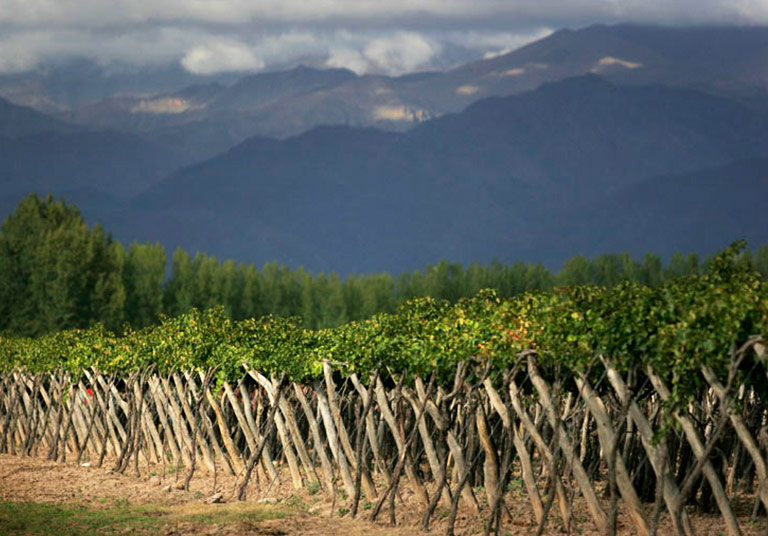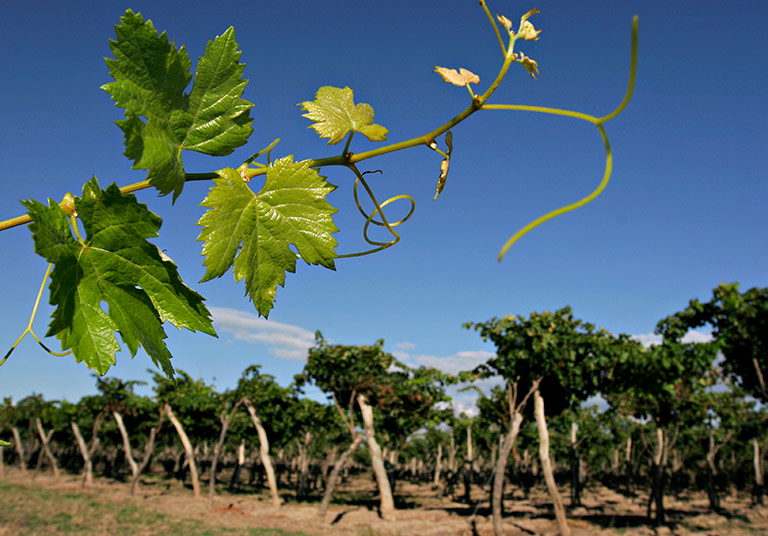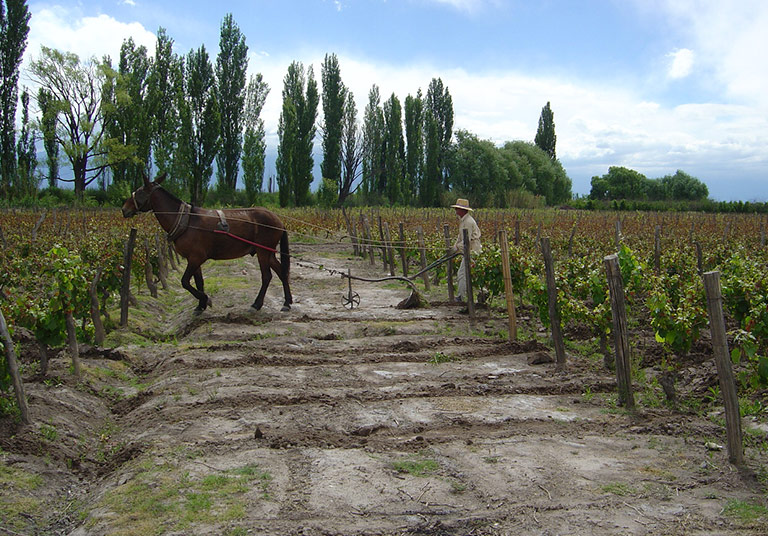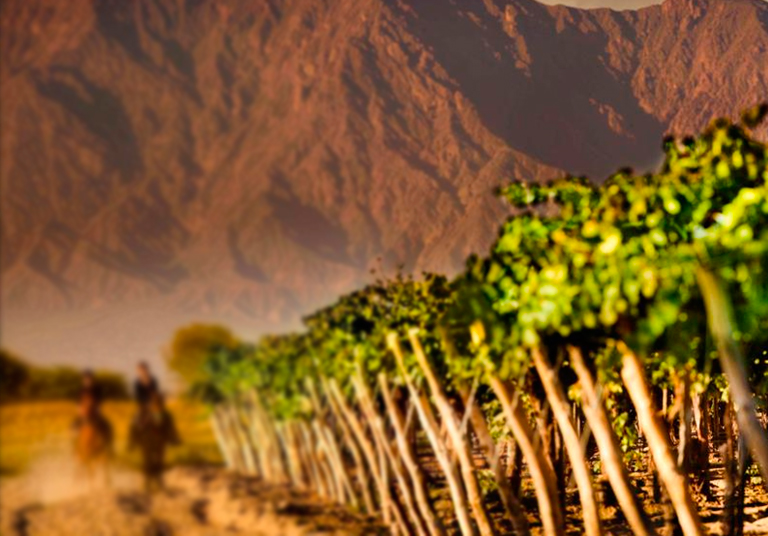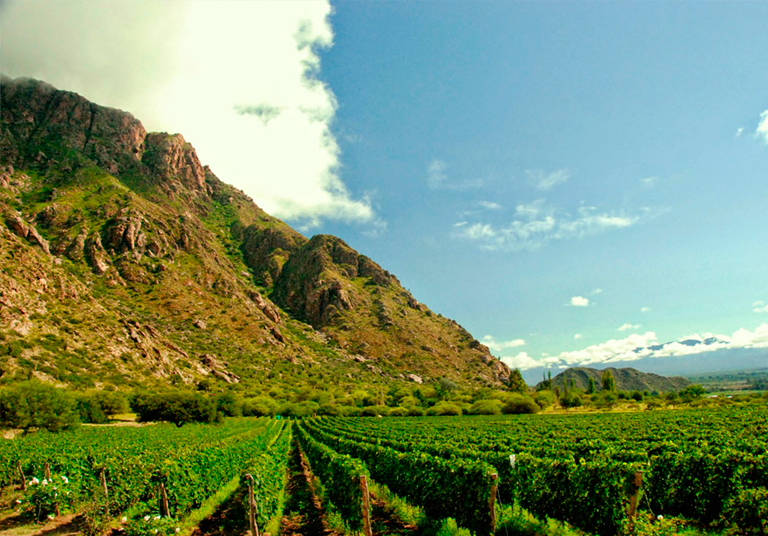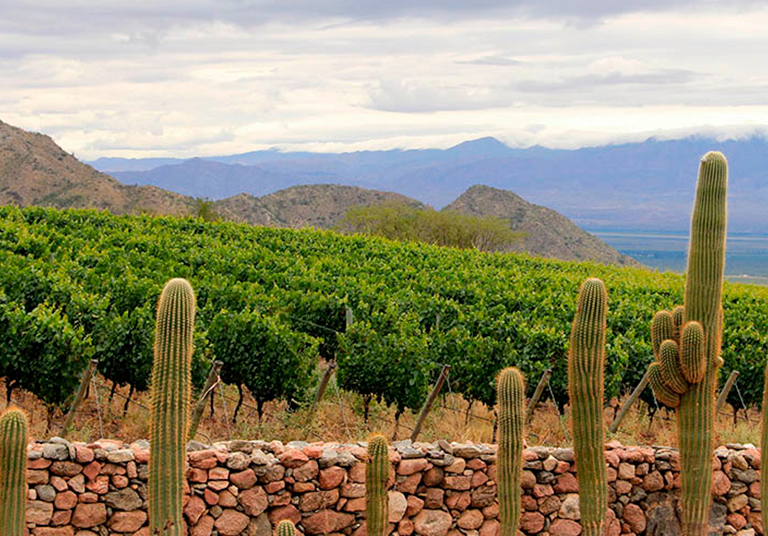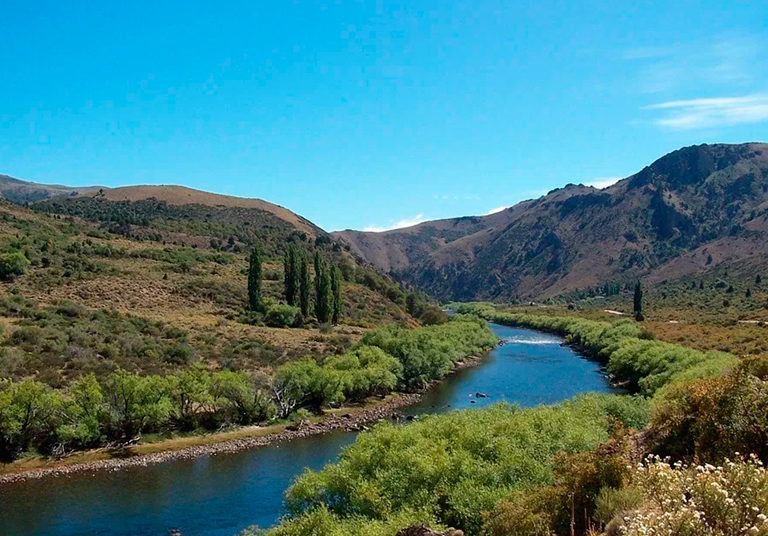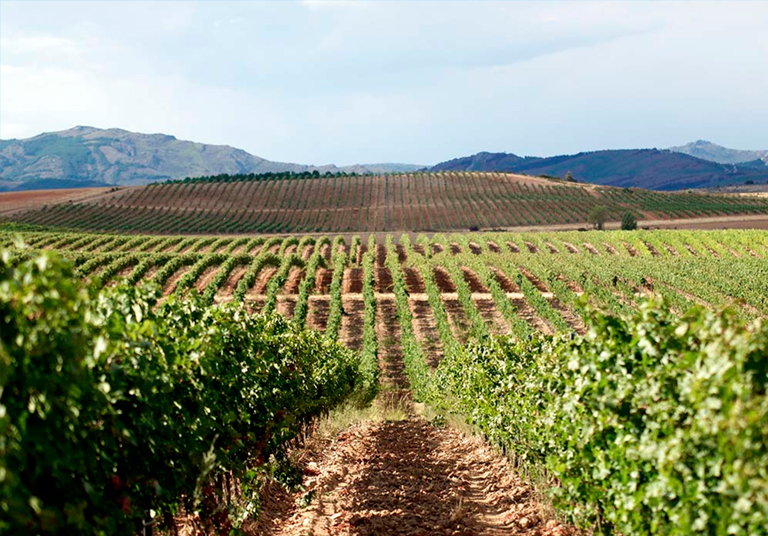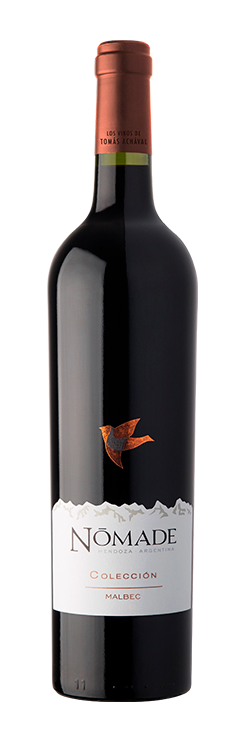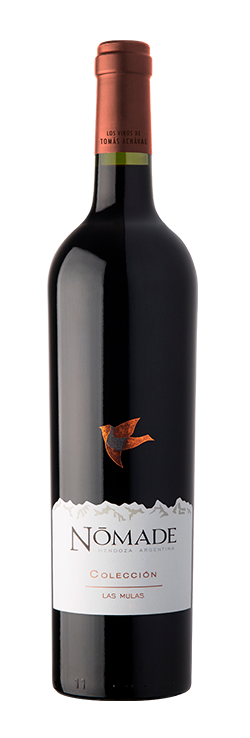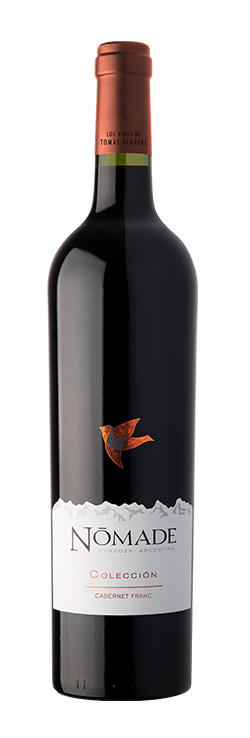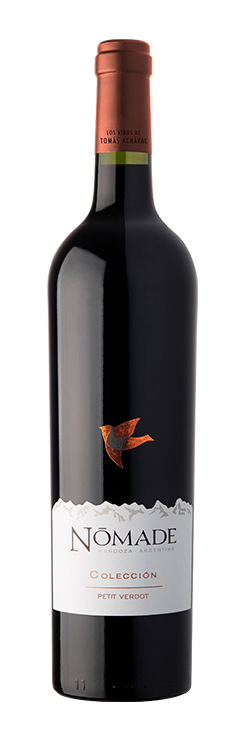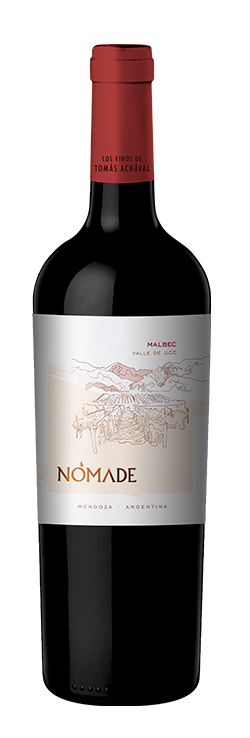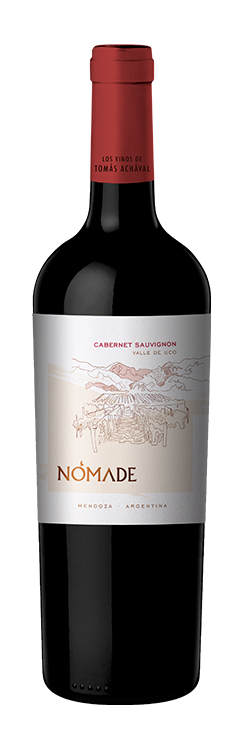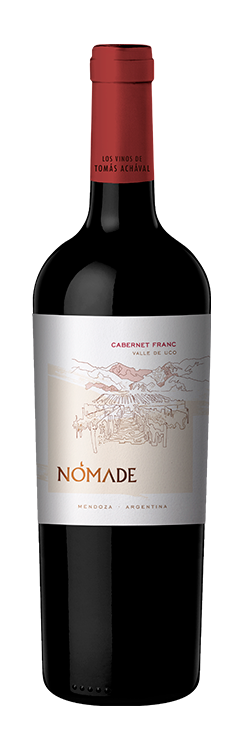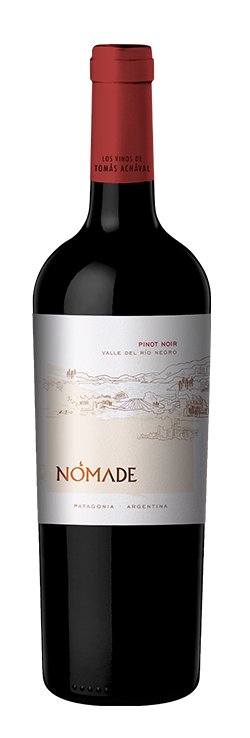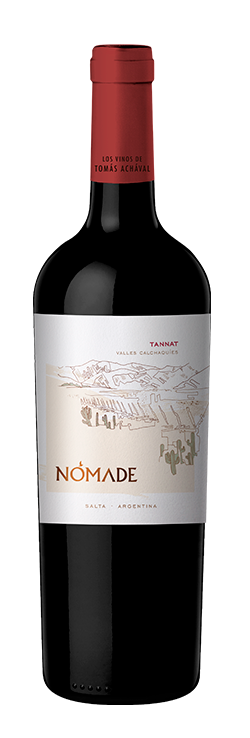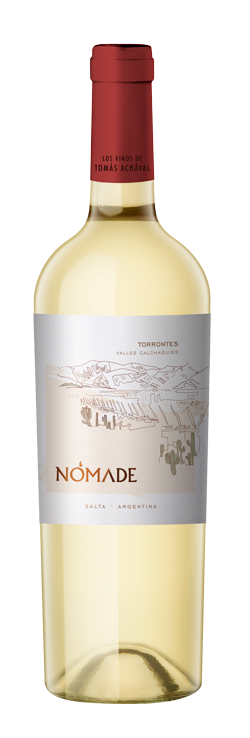Nómade
nómade terroirs
At Nómade Wines, we praise and honor nature by producing our wines with minimal intervention. The distinct traits found in each terroir has been the inspiration since the beginning of our journey. These are the regions in which we’ve found that each vineyard thrives the most.
I look forward to discovering new regions across the Americas to produce our wines, and my eyes are set on the West Coast of the United States.
Uco Valley, Mendoza
The Uco Valley (Valle de Uco) is a key winegrowing region of Mendoza, Argentina. An hour’s drive south from the city of Mendoza, it is home to some of the region’s most famous wines.
Reds: Malbec, Syrah, Cabernet Franc and Cabernet Sauvignon
Argentina’s primary grape variety of Malbec shines here, producing terroir-driven red wines with a distinctive floral aroma. Cabernet Franc and Shyras are much less widely planted, but some great results have been achieved. The relatively cool climate allows the requisite slower ripening period.
Among Uco’s specific merits is its high elevation at the foot of the Andes mountains. The valley’s La Consulta and Tunuyan sub-regions sit at altitudes of 850 meters (2000 ft) and 1100m (3600 ft) respectively.
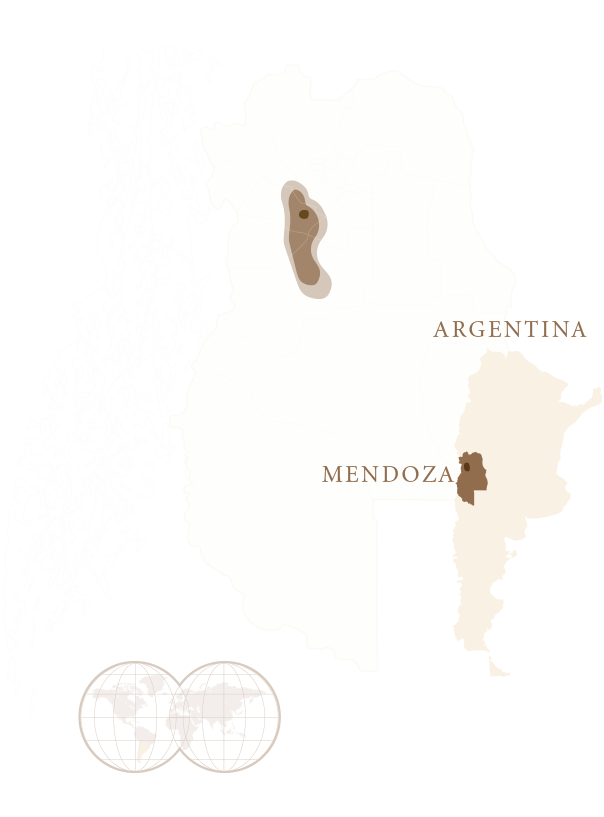
The valley follows the northerly course of the Tunuyán river as it flows down from the Andean peaks. The dry continental climate brings little rain, so the river is an important resource for vineyard irrigation.
Soils throughout the Uco Valley are alluvial and fairly uniform: a clay and rock base with a stony, sandy surface. These free-draining soils are excellent for quality viticulture, as they stress the vines, leading to decreased vigor and lower yields. In turn this can lead to wines with a higher concentration of flavor.
Uco Valley has seen unprecedented investment in the past 20 years. Wine tourism is becoming one of the region’s key industries. The spectacular scenery and state-of-the-art winemaking facilities has led some to portay the region as Argentina’s equivalent to California’s Napa Valley.
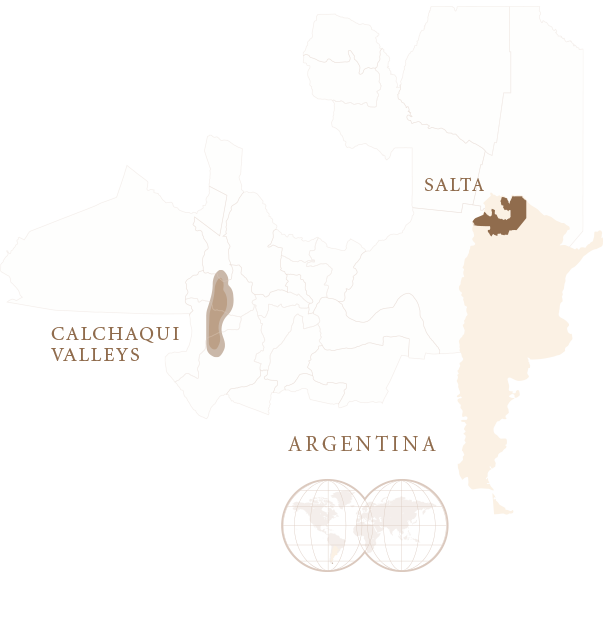
The altitude also explains the cold nights, fueled by westerly evening winds from the snow-capped Andes. Temperatures can be around 60F/15C colder than during the day, and it is this diurnal temperature variation that extends the growing season and leads to balance in the finished wines.
Located at a latitude of 33°S, the area’s elevated vineyard sites benefit from high daytime temperatures combined with cooler nights. This allows the grapes to produce balanced sugars and acidity while achieving phenolic ripeness.
Soil types in Cafayate are varied, consisting mostly of free-draining sandy loam, with some more-pebbly pockets. These dry soils cause stress in the vines, leading them to produce less vegetation and fewer grapes, reducing the overall yield and contributing to the high levels of concentration in the resultant wines. Cafayate has a desert climate with low rainfall and humidity, and the vines need irrigation from the meltwater rivers in the area to keep them hydrated over the summer.
The terroir in Cafayate is particularly well suited to the Torrontés Riojana variety, which produces floral, crisp white wines with a surprising depth of flavor.
Cafayate – Calchaquí Valley Wine
Cafayate is a wine-producing region in the north-west of Argentina. Located within the Calchaqui Valley, Cafayate is arguably the best-known wine region in Argentina outside of Mendoza, and enjoys an excellent reputation due to the quality of the Torrontes, Malbec and Tannat that is grown here.
Torrontés and Tannat
Cafayate is one of the highest places in the world that is suitable for viticulture.
Cafayate sits at 5600ft (1700m) above sea level, at a latitude of 26°S (which it shares with the Kalahari desert in Africa). This high altitude is what defines the terroir of the region, making it suitable for viticulture despite its close proximity to the equator. The altitude means the sunlight Cafayate receives is more intense than in lower-lying regions, causing the grapes to develop thicker skins as protection against the solar radiation.
Río Negro Valley, Patagonia
Río Negro is the most southerly wine region in South America, located within the vast expanse of Patagonia. The climate is cooler than in much of the rest of Argentina and elegant, cool-climate styles of Pinot Noir, Sauvignon Blanc and Malbec are produced here.
Pinot Noir
The Río Negro river is formed at the convergence of the Andean meltwater rivers Neuquén and Limay and then flows 310 miles (530km) to the Atlantic Ocean in the east.
The mountains and the ocean have little influence on the vineyards here, however; it is the river that contributes the most to the region’s terroir.
The dry climate has proved itself well suited to the growth of Vitis vinifera. Hot summers and cold winters ensure a consistency of climate that allows viticulturists a degree of predictability in the harvest. While the altitude is very low by Argentinean standards – around 820ft (250m) above sea level – the region is still subject to a pronounced diurnal temperature variation, where warm days are followed by cold nights. This lengthens the growing season and leads to a balance of rich fruit characters and acidity in the wines.
Río Negro’s soils are mostly alluvial, and are made up of gravel with a considerable limestone component. These are well drained, so growers are able to carefully control the water intake and growth of their vines through irrigation. Slightly parched vines put resources into producing small, concentrated berries rather than luxurious, leafy foliage.
Río Negro is one of Argentina’s up-and-coming wine regions, and more and more producers are exploring its viticultural potential.
